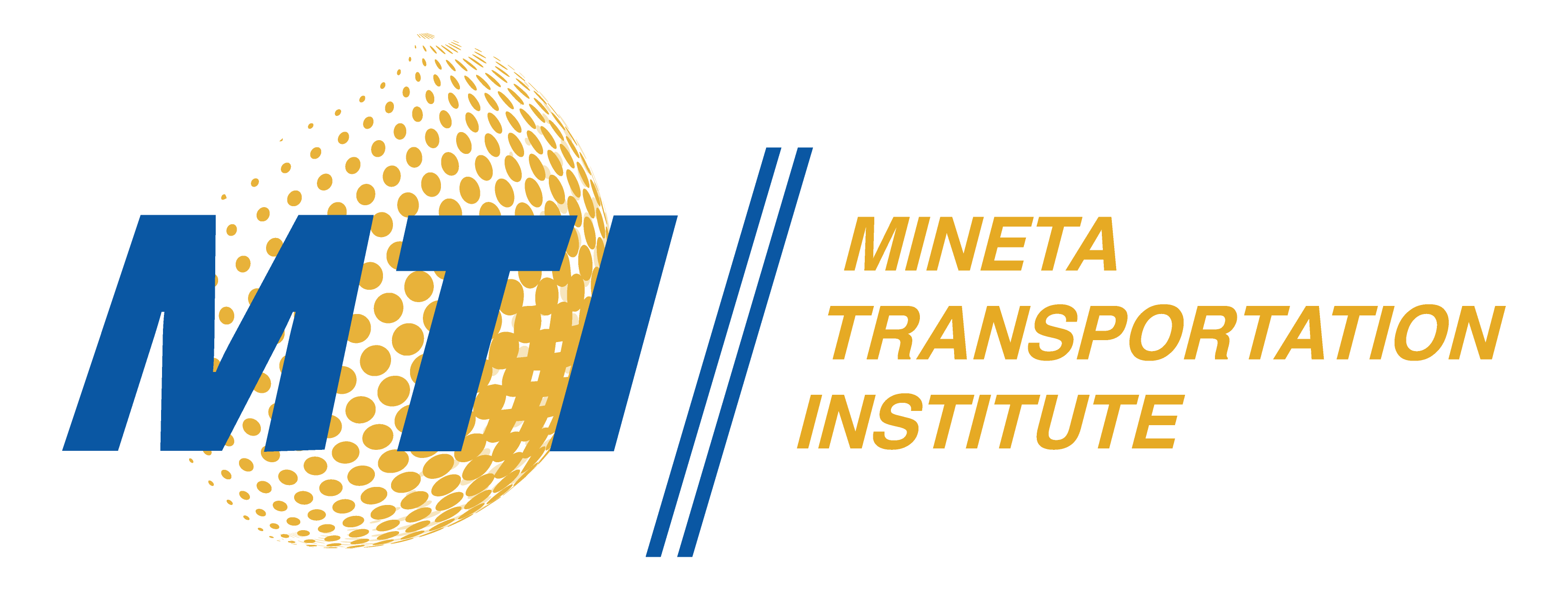Description
This study provides an assessment of the job creation and attendant education and training needs associated with the creation of the California High-Speed Rail (CHSR) network, scheduled to begin construction in September 2012. Given the high profile of national and state commitment to the project, a comprehensive analysis that discusses the education, training, and related needs created during the build out of the CHSR network is necessary. This needs assessment is achieved by means of: 1) analyzing current high-speed rail specific challenges pertaining to 220mph trains; 2) using a more accurate and robust “bottom-up” approach to estimate the labor, education, skills, and knowledge needed to complete the CHSR network; and 3) assessing the current capacity of railroad-specific training and education in the state of California and the nation. Through these analyses, the study identifies the magnitude and attributes of the workforce development needs and challenges that lie ahead for California.
The results of this research offer new insight into the training and education levels likely to be needed for the emergent high-speed rail workforce, including which types of workers and professionals are needed over the life of the project (by project phase), and their anticipated educational level. Results indicates that although the education attained by the design engineers of the system signifies the most advanced levels of education in the workforce, this group is comparatively small over the life of the project. Secondly, this report identifies vast training needs for the construction workforce and higher education needs for a managerial construction workforce. Finally, the report identifies an extremely limited existing capacity for training and educating the high-speed rail workforce in both California and in the U.S. generally.
Publication Date
3-1-2012
Publication Type
Report
Topic
Transit and Passenger Rail, Workforce and Labor
MTI Project
1027
Mineta Transportation Institute URL
https://transweb.sjsu.edu/research/Estimating-Workforce-Development-Needs-High-Speed-Rail-California
Keywords
Persons by educational level, Education and training, employment, Regional railroads, Research and educational facilities
Disciplines
Transportation
Recommended Citation
Peter J. Haas, Paul Hernandez, and Katherine Estrada. "Estimating Workforce Development Needs for High-Speed Rail in California, Research Report 11-16" Mineta Transportation Institute (2012).

